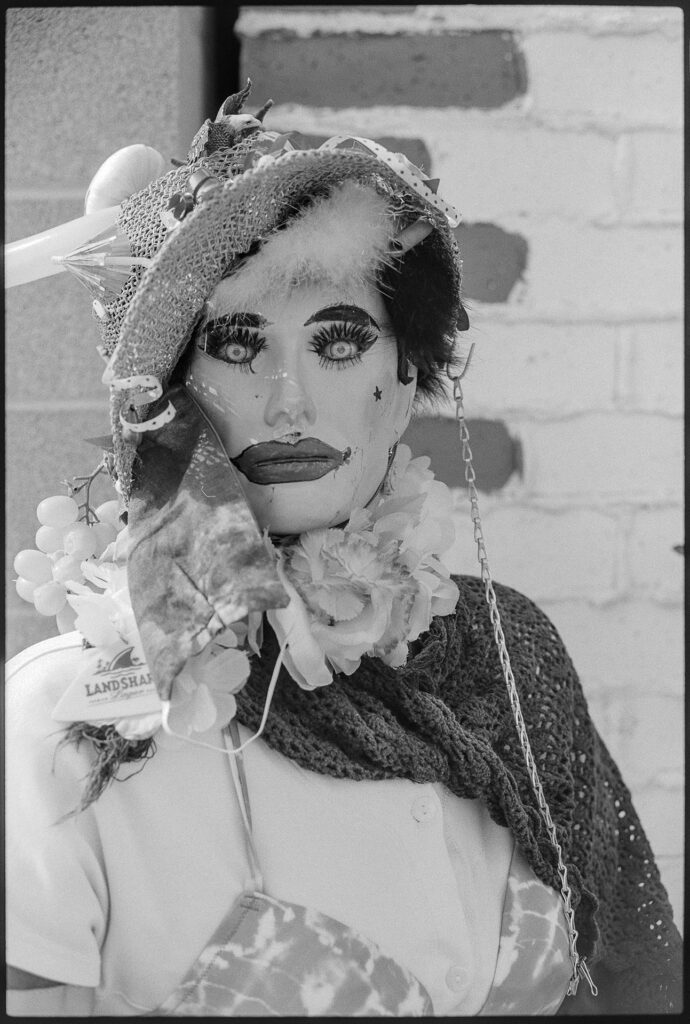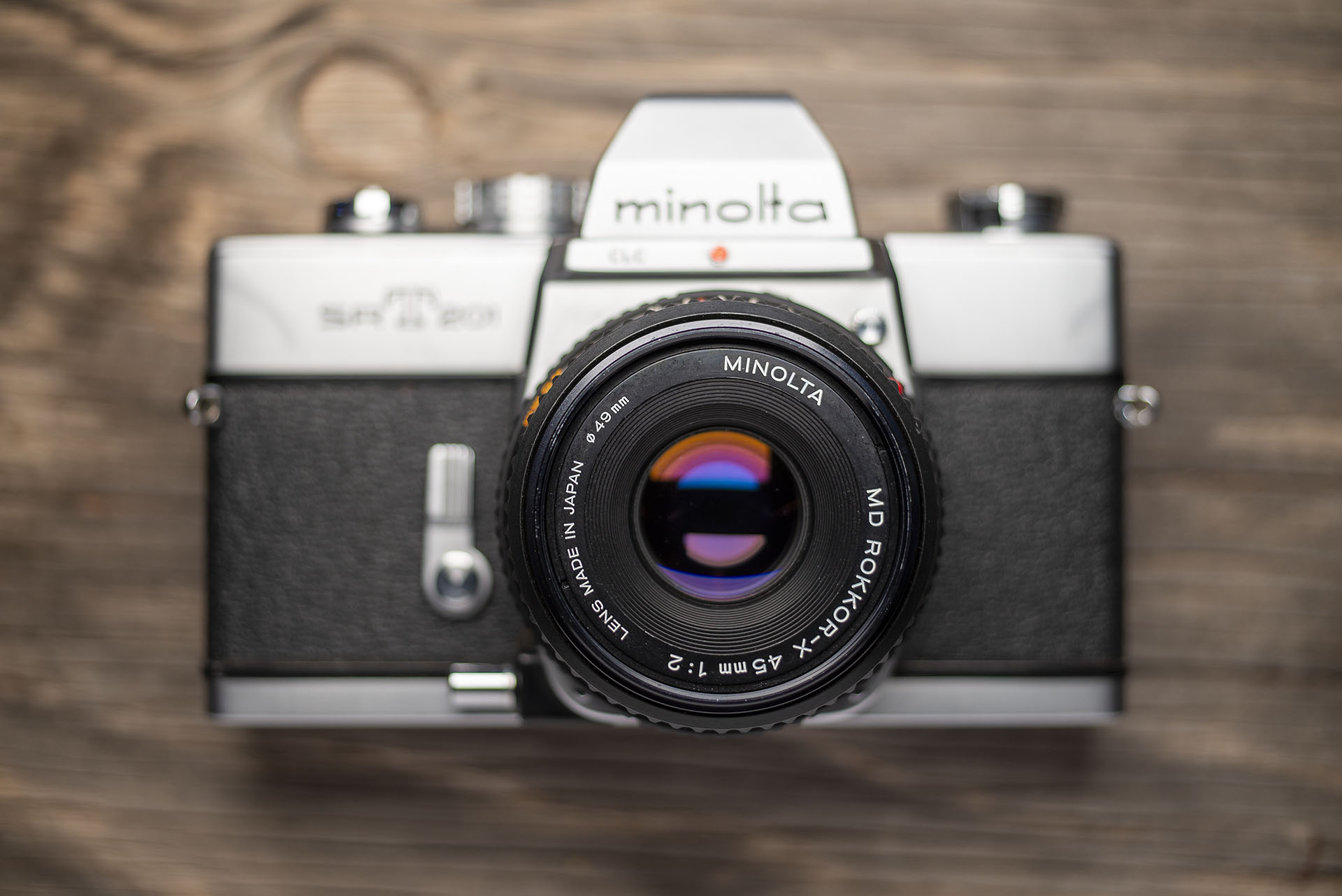Neither wide nor long, fast nor slow, small nor large, this lens has got to be the most boring lens in the entire Minolta lineup. It is unassuming, unpretentious, and unremarkable in all its specifications. I don’t even know why Minolta decided to make it. The 45mm focal length is heavily flanked by an arsenal of 50mm and 35mm lenses, and covered by zoom lenses of excellent repute, so why muddy the waters?
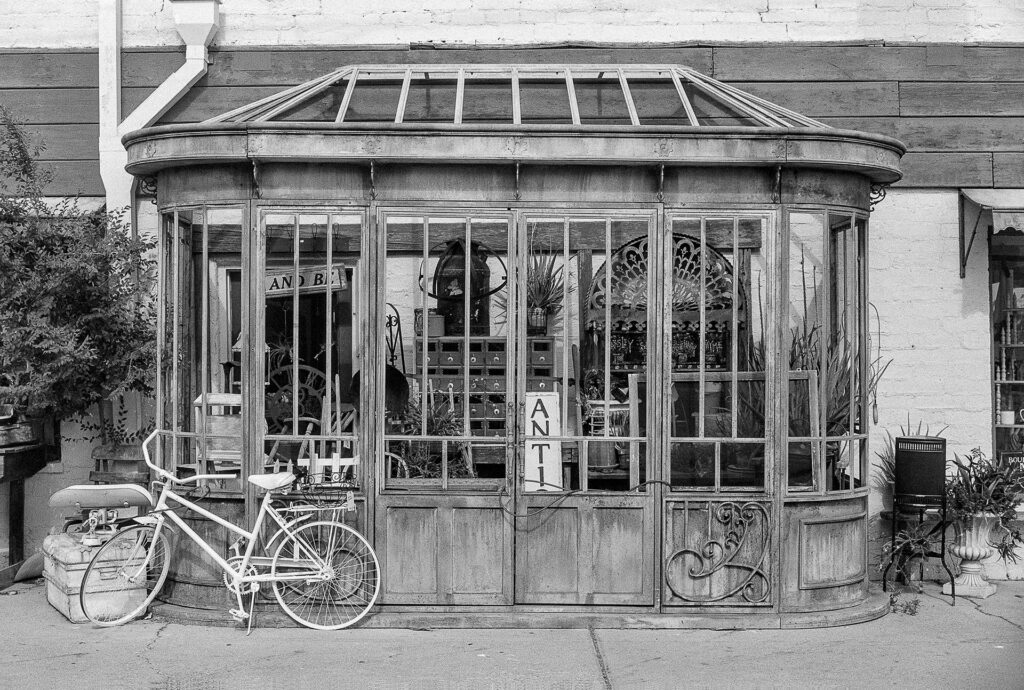
Although it is often called a pancake lens, it is not. Minolta did make a true 45mm pancake lens in 1964, with a Tessar design and a maximum aperture of f2.8. That is not commonly seen these days and is usually pricey. The run-of-the-mill 45mm f2 is inexpensive, relatively plentiful, and often passed over by optical snobs. It is not a Zeiss, Leitz, Voigtlander, Nikkor or Canon L series. Many photographers these days shudder at the thought of any lens slower than f1.4, so why does it even exist?
I don’t know, but I like it a lot.
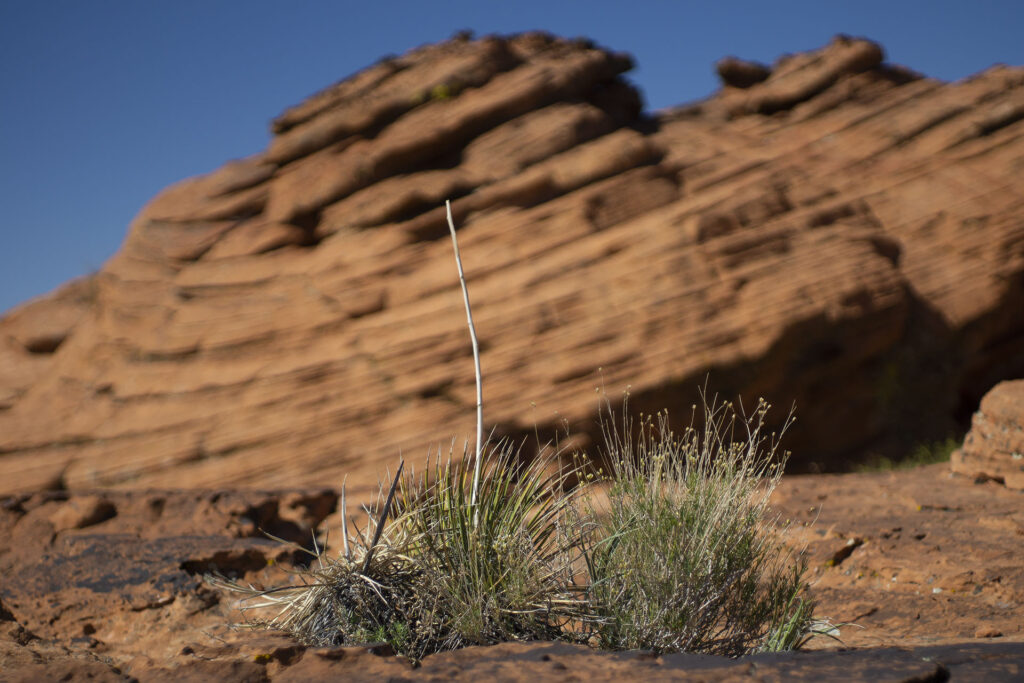
After prattling on about what it is not, allow me give it bit of praise. Minolta’s last 45mm is compact, light, sharp, and has a certain character that appeals to me. I’m not the only one, as there are many reviews of this lens that indicate that I didn’t just get an accidentally excellent copy. Surprisingly, that still hasn’t driven the prices up. This lens is the optical equivalent of Bob, who works in the mail room. Bob works long hours, lifts heavy sacks of mail, shows up early and leaves late. Bob never gossips, complains or reheats fish in the lunchroom microwave. But, Bob has never been chosen Employee of the Month or even gotten a raise. Long live Bob.
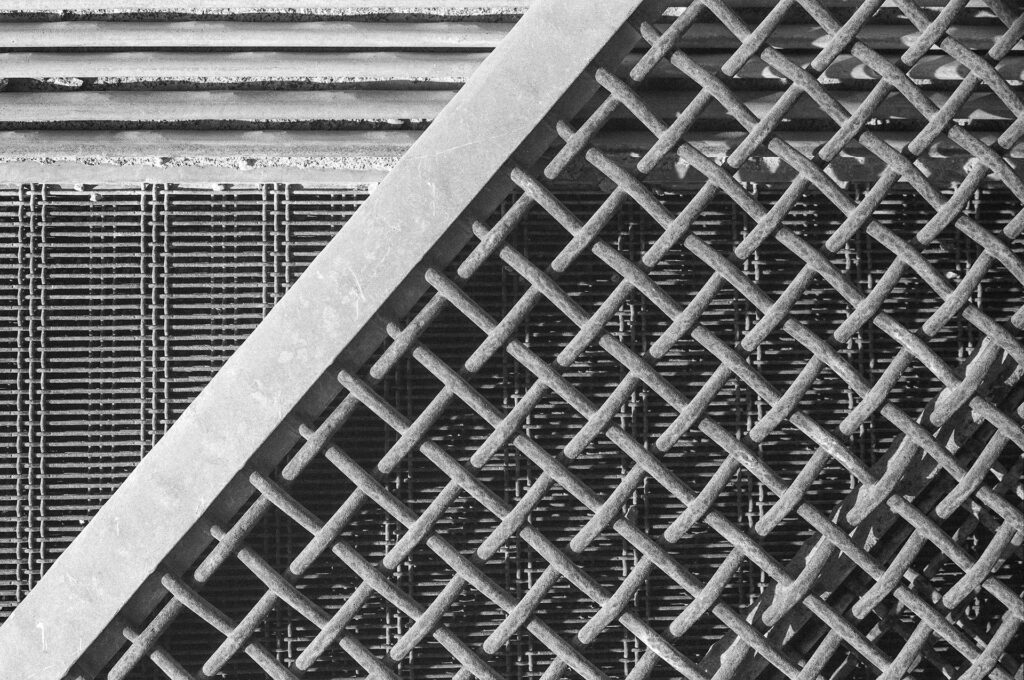
I have never felt under-gunned with slower lenses, as I rarely shoot in circumstances where the extra stop is a necessity. I’m not ashamed of my f2, f2.8 or 3.5 prime lenses. It is nice to have fast lenses, and they get deployed when they are needed, but for me, the difference in cost of a faster lens usually does not justify the small difference in depth of field, all else being equal. Most of the time, my f1.4 lenses are chosen for their overall image quality, and usually stopped down at least one stop anyway.

Here are the specs, if you’re so inclined:
Lens designation: Minolta Rokkor-X 45mm f2
Year Introduced: 1978
Aperture: f2 through f16, 5 blades, in half-stops between f2.8 and f11
Minimum Focal Distance: 0.6m/2ft
Optics: 6 elements in 5 groups, coated
Filter Thread: 49mm
Weight: 125g/4.4oz
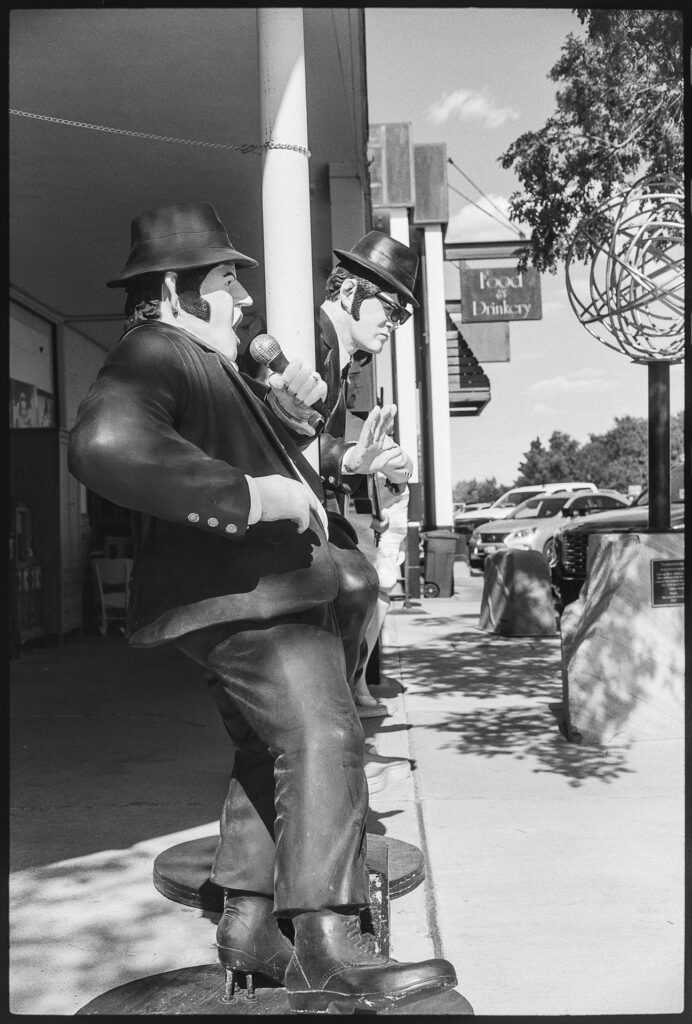
Regrettably, all those years I used Minolta gear almost daily, I never owned the humble 45mm. I really missed out. Having carried around bags full of prime lenses for years, I should be an expert on which lightweight lenses perform well. This one flew under my radar for a long time.
I acquired this one in a $10 lens sale at a local antique store two years ago, along with a few others. Better late than never, I suppose.
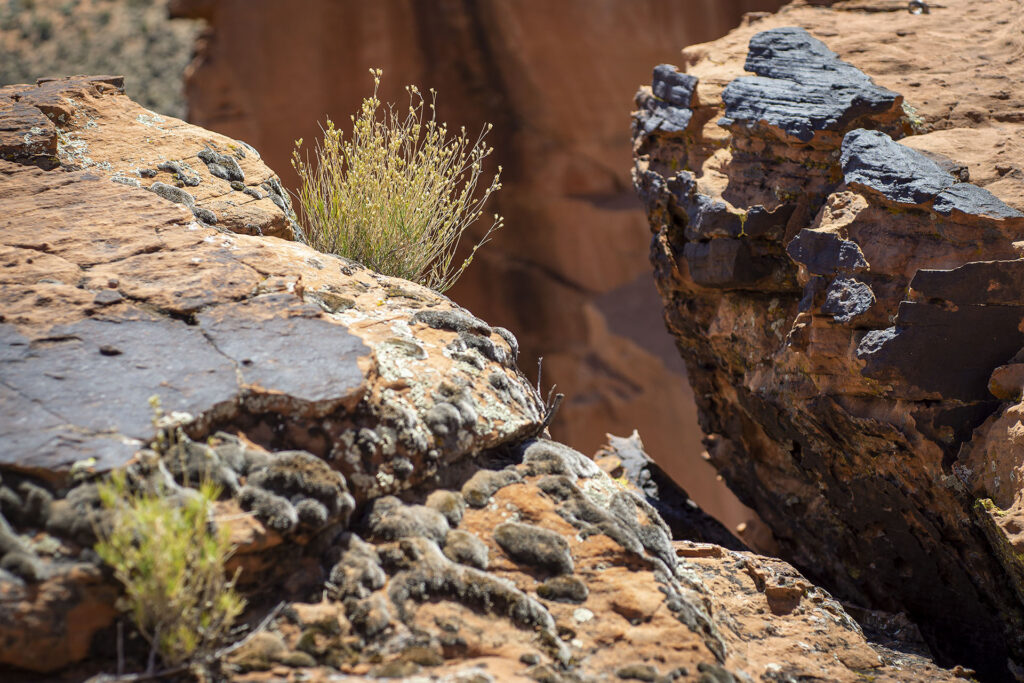
On to the user experience…
The lens is built to typical (excellent) Minolta standards. Even though it is a lightweight lens, the build quality inspires confidence. There is hardly any weight to it, even though it does not feel plasticky and cheap. On a light mirrorless camera, it is easy on the shoulder. The focus ring is well damped and the aperture ring has unmistakeable detents. Counting aperture clicks while looking through the viewfinder can be tricky, as the detents on the aperture ring go as follows: full stop from f2 to f2.8, full and half-stops between f2.8 and f11, and a full stop from f11 to f16. The metal mount allows no slop or movement in any Minolta body I have tried, or in the adapters for Sony or Nikon that I have.
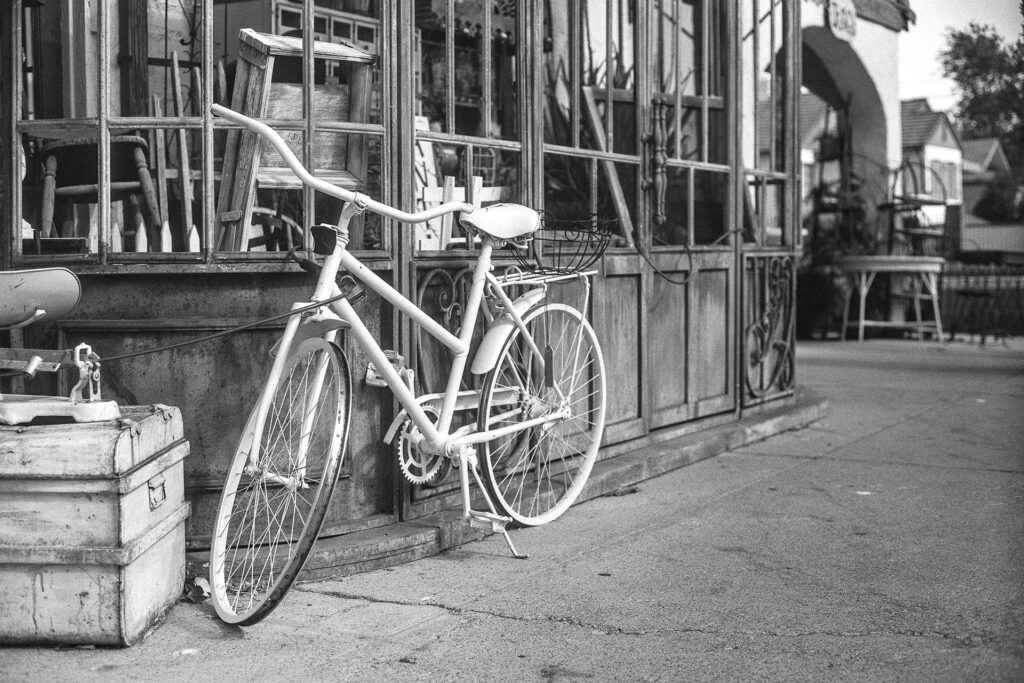
Image quality is a rather subjective subject, as is image character. There is a bit of a typical legacy lens glow at f2, with corners going a bit soft. Stopping down tightens up the resolution and the glow disappears quickly. My copy of this lens give me sharp, fairly contrasty images with honest color rendering. The out-of-focus areas have an interesting character, with specular highlights taking on a soft bubble-bokeh look, while lower contrast backgrounds appear painterly without being distracting. Overall I find it pleasing, but that’s me.
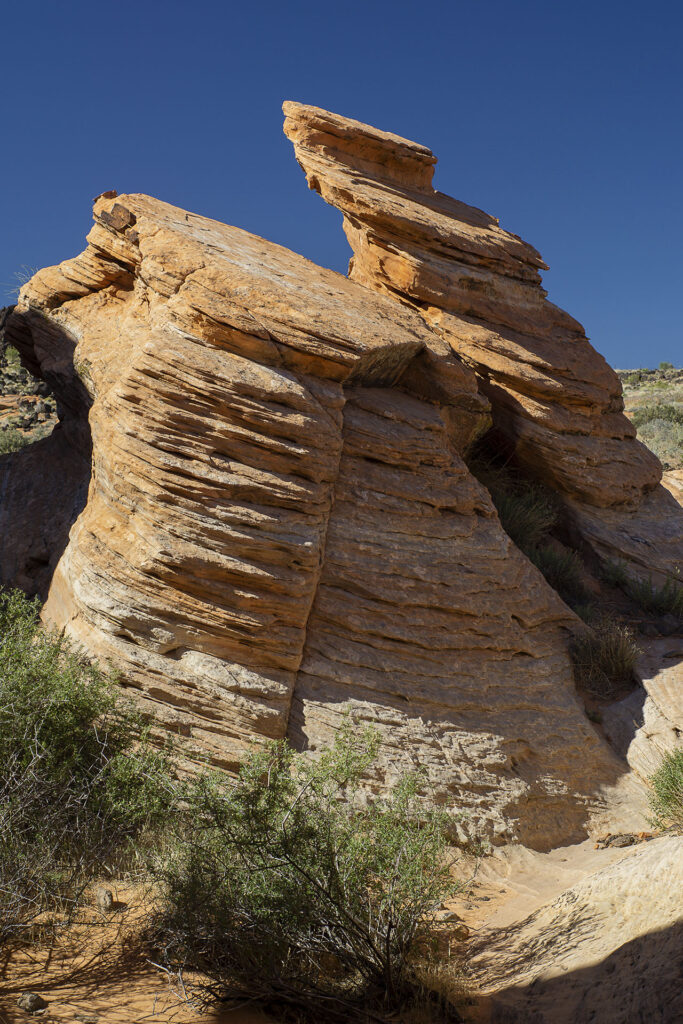
Is this lens about to be “discovered” by the new generation of film shooters and legacy lens fans, thus driving up the price? Or will it continue to escape the hype of other cult classics? I have no idea. Time will tell. As of this writing, the recent sold listings on the big auction site show this lens moving for around $30-$50 on the average. I think it is an overlooked underdog that deserves more recognition. And so does Bob.
